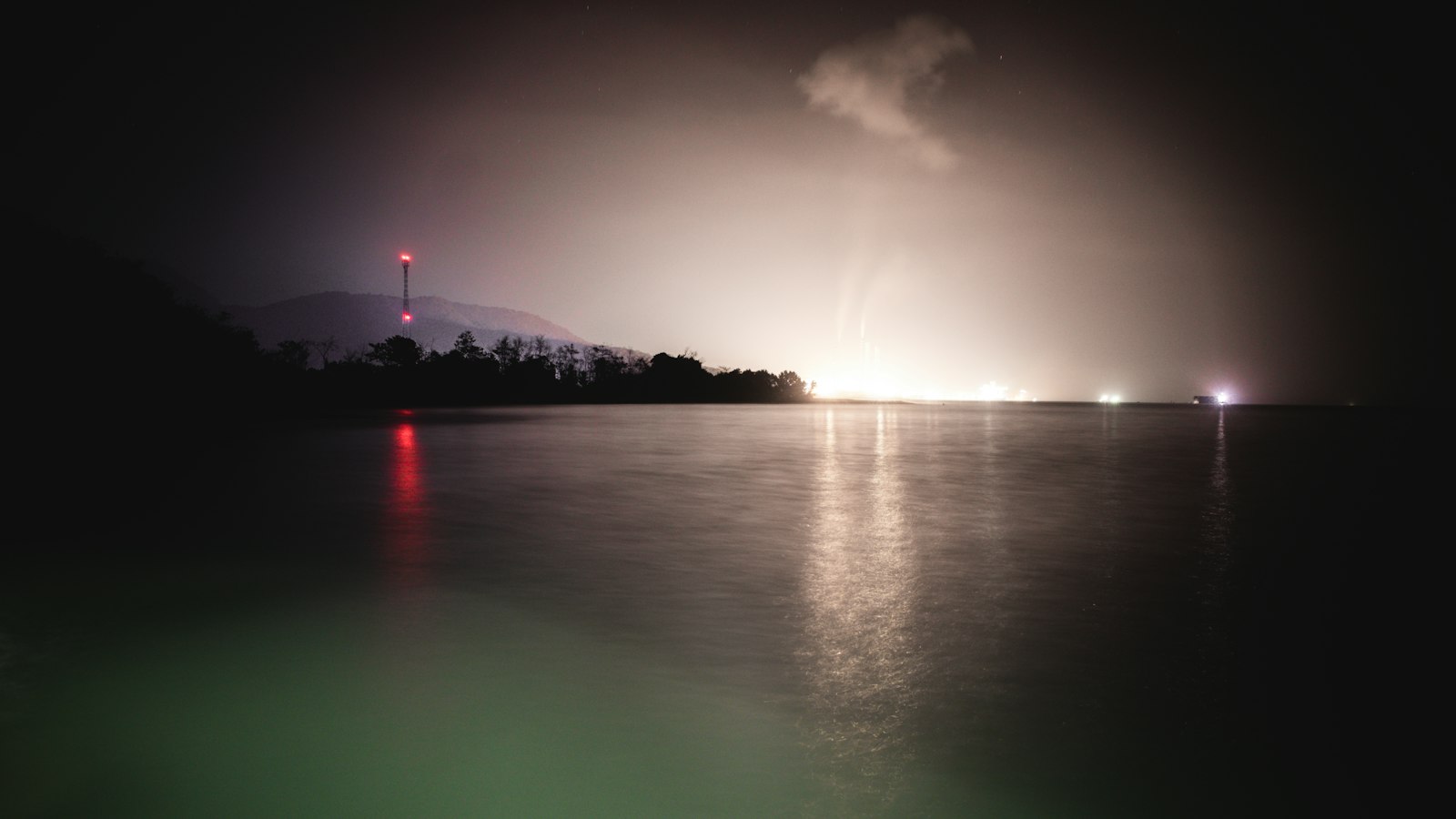As twilight sets in and dusk blankets the world, our celestial masterpiece unveils itself, inviting stargazers to gaze up in awe. However, in our modern era, the twinkling wonders above face an increasing threat – light pollution. Strewn across cities and towns are beams of artificial brilliance that dim the beauty of a star-filled sky. In this article, we embark on a journey to explore how we can embrace the night sky once again, teaching ourselves to reduce light pollution and usher in a new era where the stars can shine their brightest. Welcome to the realm of « Comment Réduire la Pollution Lumineuse et Favoriser la Ciel Étoilé » – a pursuit that will help us reconnect with the cosmos like never before.
Protecting the Night Sky: Strategies to Reduce Light Pollution and Promote Starry Skies
Light pollution is a growing concern that threatens our ability to enjoy the beauty of a starry night sky. Fortunately, there are strategies and actions that individuals, communities, and governments can take to reduce light pollution and promote the preservation of our dark skies. Here are some effective approaches:
- Implement Responsible Outdoor Lighting: Using downward-facing fixtures and shields can direct light where it is needed and prevent it from spreading upwards into the sky. Installing motion sensors and timers can also ensure that lights are only used when necessary.
- Advocate for Dark Sky-Friendly Policies: Encouraging local and regional governments to implement lighting ordinances or regulations that promote proper lighting practices can play a crucial role in reducing light pollution. These efforts can include requirements for shielding lights, setting maximum brightness levels, and limiting the use of outdoor lighting altogether.
- Engage in Public Outreach and Education: Raising awareness about the negative impacts of light pollution and the benefits of a dark sky can foster a sense of community responsibility. Hosting stargazing events, providing educational materials, and collaborating with local schools and organizations can help spread the message on the importance of reducing light pollution.
Support International Dark Sky Parks and Reserves: Contributing to the establishment and maintenance of designated Dark Sky Parks and Reserves is a powerful way to protect natural darkness. By supporting these protected areas, we ensure that future generations can experience the wonder and scientific value of truly dark skies.
Harness Technology and Innovation: The advancements in technology can be used to our advantage in the fight against light pollution. From energy-efficient LED streetlights to automated dimming systems, embracing innovative solutions can help mitigate light pollution. Additionally, the development of smartphone apps and tools that map out light pollution levels can empower individuals to make informed decisions about their lighting choices.
By implementing these strategies and working together, we can make a significant impact in reducing light pollution and preserving our starry skies for generations to come. Let us all take part in protecting the night sky and marvel at the wonders of the universe.
In a world where the brilliance of the night sky has become increasingly tarnished by the glow of urbanization, the need to preserve and restore its natural splendor has never been more crucial. We have delved into the realm of light pollution and explored the various steps that can be taken to reduce its harmful effects, fostering a celestial haven for stargazers and nocturnal creatures alike.
From the mesmerizing glow of city skylines to the reassuring flicker of street lamps, it is undeniable that artificial lighting has transformed our modern landscape. However, this blooming radiance comes at a high price, obscuring our view of the stars and disrupting the delicate balance of ecosystems that rely on the rhythm of darkness.
But fear not, for there is hope amidst this celestial fracas. Individuals, communities, and even large-scale organizations are beginning to recognize the significance of protecting our night sky, and efforts to combat light pollution are gaining momentum. By implementing practical measures such as shielding or redirecting light, using more efficient lighting fixtures, and adopting responsible lighting practices, we can gradually unlock the enchantment of an unadulterated, star-studded canvas.
Imagine a world where children grow up dreaming of reaching for the stars, their imaginations ignited by the awe-inspiring wonders above. A world where nocturnal creatures can go about their business undisturbed, guided by the gentle glow of moonlight rather than an artificial haze. This is a reality we can strive for, where the nocturnal symphony continues to flourish and the harmony between human progress and the natural world is delicately upheld.
Embracing the campaign to reduce light pollution and foster a rejuvenated starlit sky is not merely an act of preservation. It is an opportunity to reconnect with the ethereal beauty that resides beyond our immediate reality. It is a chance to breathe life back into the forgotten constellations and embrace the whispered secrets of the cosmos once more.
So let us unite under the vast umbrella of a twinkling canopy, casting our eyes skywards to uncover the gleaming treasures that lay hidden in the depths of the night. Together, we can reclaim the boundless wonder that is our birthright – a pristine, unblemished sky where dreams are born, and humanity’s connection to the cosmos reignites.




